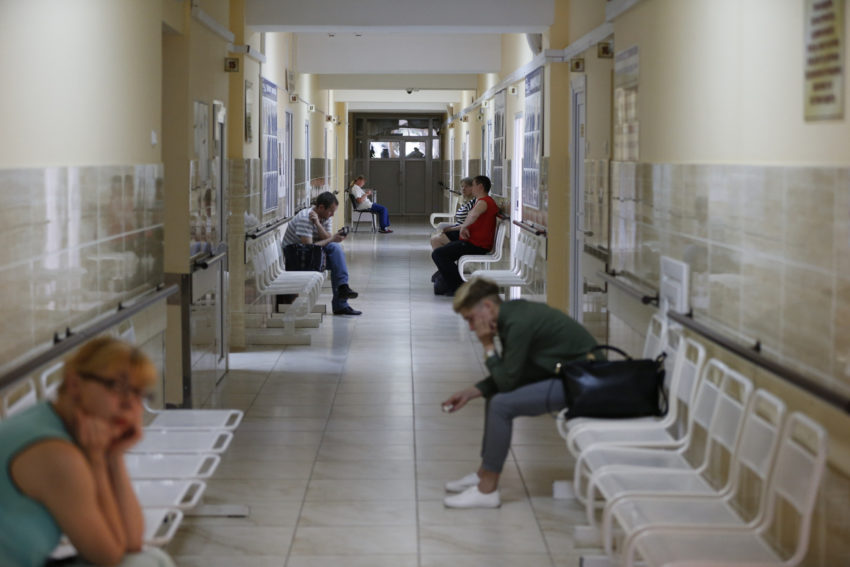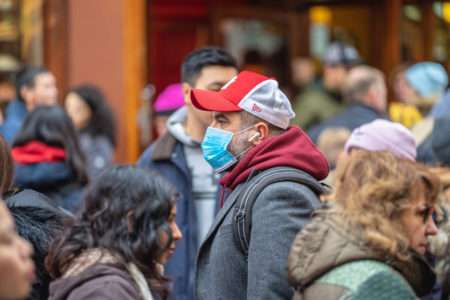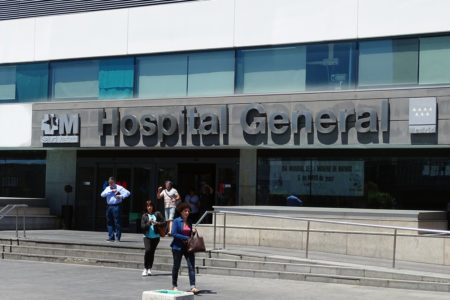
Share On Social!
Time and again, statistics go to show that communities of color, including Latinos, face a rampant and widespread lack of access to quality healthcare.
In this state of emergency that the U.S. faces with the outbreak of the current novel coronavirus, COVID-19, those disadvantages are worse than ever.
Disadvantaged groups currently, and will continue to, experience burdens in receiving, affording, and managing medical treatment as the virus continues to spread.
“Crises such as H1N1 and COVID-19 provide a mirror for our society and the actions we take — or fail to take,” writes Dr. Richard E. Besser, the president, and chief executive of the Robert Wood Johnson Foundation, in the Washington Post. “Today, the United States in that mirror is one in which the risk of exposure and the ability to protect oneself and one’s family depends on income, access to health care, and immigration status, among other factors.”
Medical Inequities Highlighted by the Coronavirus (COVID-19) Pandemic
Too many Latino families, whether they are undocumented citizens or low-wage employees, lack access to quality health insurance, according to a Salud America! research review.
This inequity in full health coverage can lead to families choosing not to go to the doctor, getting routine check-ups, and, in this case, receiving the best possible care during this pandemic outbreak.
“The failures of public policy and imagination have been stalking us for years, creating haves and have-nots: parents who don’t have paid sick leave from work (only 10 states and the District of Columbia mandate it); a lack of affordable childcare or sick child care; at least 28 million Americans living without insurance and nearly one-third of the population still underinsured; health protections that are not distributed evenly from region to region; and fear among undocumented immigrants regarding access to care,” Besser writes.
What could be worse?
Latinos are the most uninsured race group in the U.S.
The U.S. Census Bureau showed that in 2017, 17.8% of the Latino population was not covered by any form of health insurance. However, only 5.9% percent of the white population was not covered.
This is complicated by ongoing attempts to dismantle the Affordable Care Act.
Financial Inequities Highlighted by the Coronavirus (COVID-19) Pandemic
While the lack of medical access is a high priority for disadvantaged groups, the financial burdens that will arise from the COVID-19 outbreak will also disproportionately impact Latinos.
Many working-class families will face layoffs as the spread of the virus continues in the coming month.
Latinos, who make up the largest share of these workers—being 22% of the working class, according to the demography think-tank Demo—face some of the most considerable risks.
As people continue to get sick, many Latino family members will have to choose between taking care of their loved ones or earning a living to put food on the table. 
“Those without easy access to health care, including rural and Native communities, might face daunting distances at times of need,” Besser writes. “People living in close quarters — whether in public housing, nursing homes, jails, shelters, or even the homeless on the streets — might suffer in waves, as we have already seen in Washington state. And the vulnerabilities of the low-wage gig economy, with non-salaried workers and precarious work schedules, will be exposed for all to see during this crisis.
“Ask the 60 percent of the U.S. labor force that is paid hourly how easy it is to take time off in a moment of need.”
Other Inequities Highlighted by the Coronavirus (COVID-19) Pandemic
While the U.S. government is attempting to pass stop-blocks that will limit the severe ripple effects from the current novel coronavirus, many other issues will impact Latinos and other disadvantaged groups.
One of those primary concerns is childcare. As layoffs continue and more schools close, Latino families will have to provide their children with 24-hour care in the face of working from home or a lack of income. 
Worse, some families will even face the struggle of adequately feeding their families, especially those who rely on the school to provide one to two meals for their children a day.
“These things are so interconnected,” Nicole A. Errett, a public health expert who co-directs a center on extreme event resilience at the University of Washington, told the New York Times. “Pre-existing social vulnerabilities only get worse following a disaster, and this is such a perfect example of that.”
By The Numbers
3
Big Excuses
people use to justify discriminatory behavior



